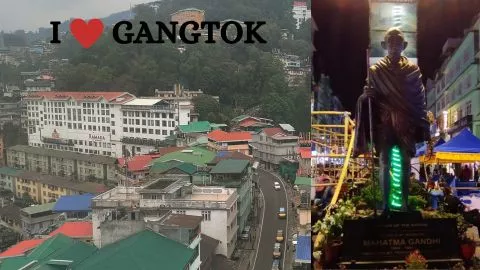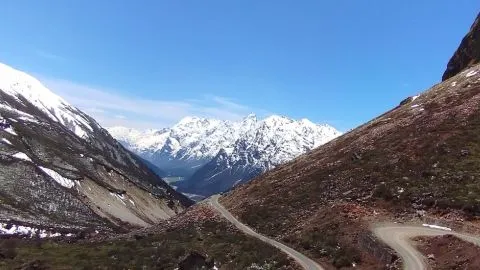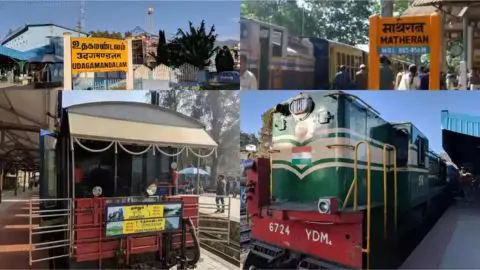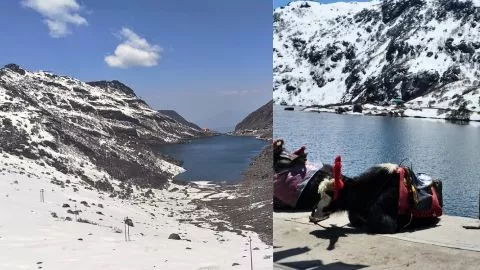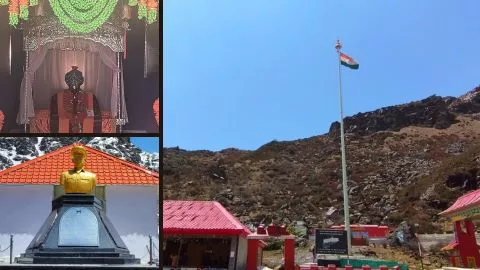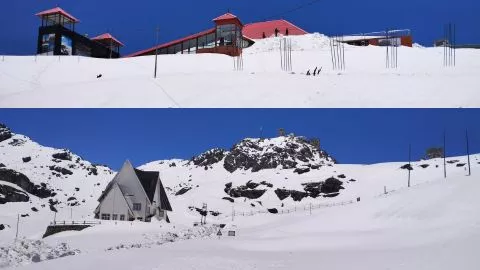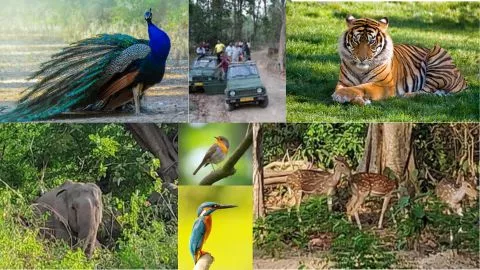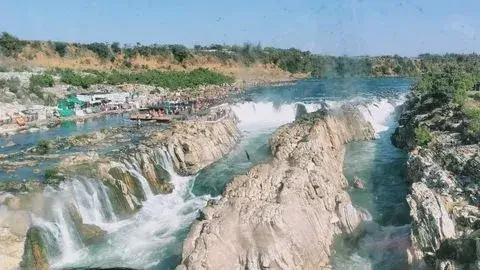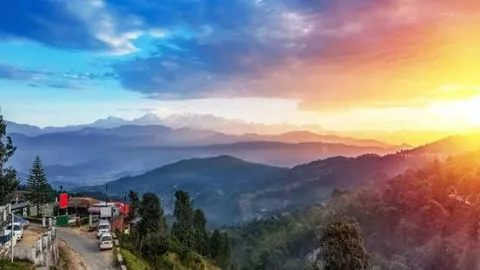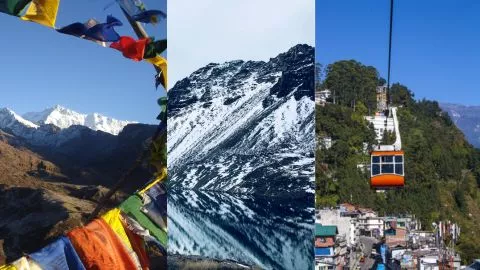
Exploring the Enchanting Wonders of Sikkim
Embarking on Sikkim travel means tracing the historical journey of this captivating land through its diverse capitals. Under the Namgyal dynasty since 1642, Yuksom served as the original capital. Rabdentse held the capital status from 1670 to 1814, followed by Tumlong until 1894. In 1894, King Thutob Namgyal relocated the capital to Gangtok.
In 1975, Sikkim became India’s 22nd state, with Gangtok as its official capital. Located in the north-eastern part of India, it shares its borders with Bhutan, Tibet, and Nepal. The state, cradled in the Himalayas, captivates with its rich history, breathtaking landscapes, and vibrant cultural heritage, leaving an unforgettable impression on every visitor.
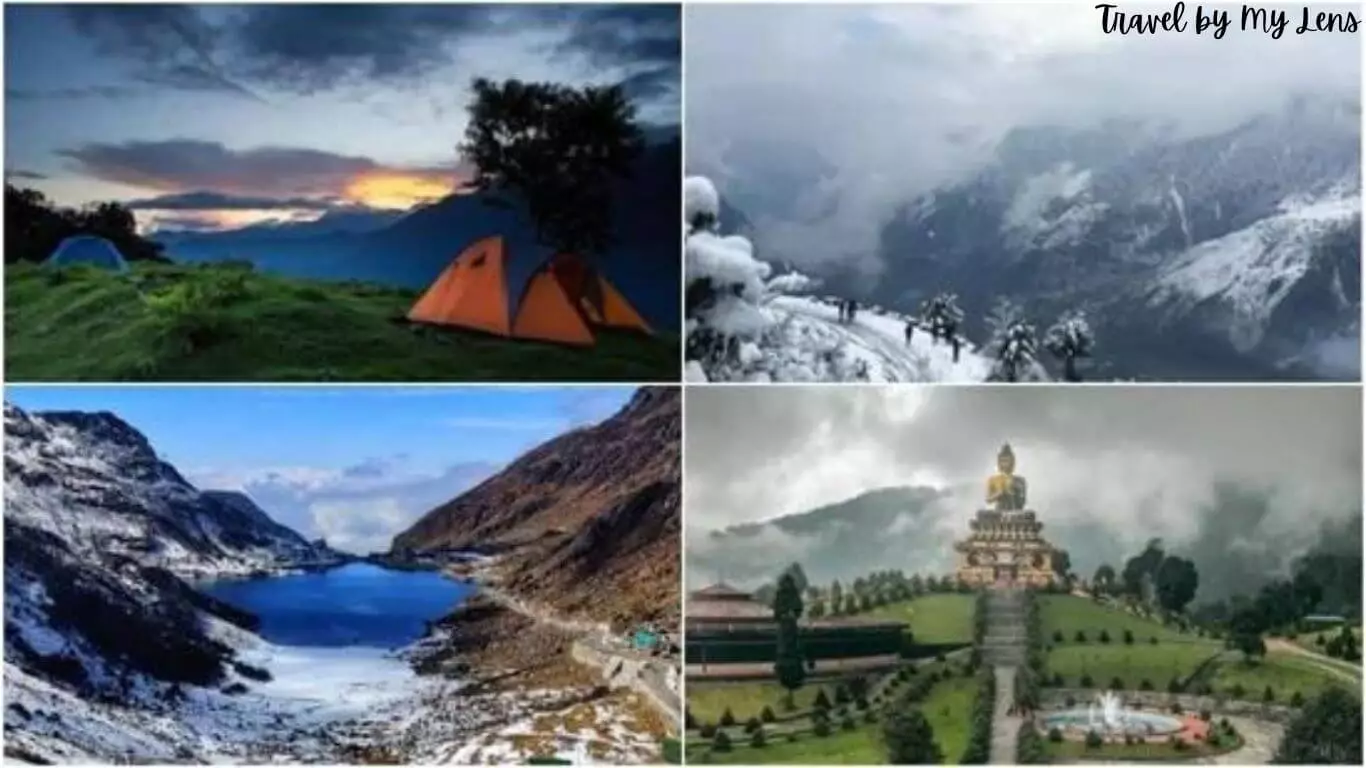
Sikkim is divided into four districts or zones
East Sikkim: Headquarters at Gangtok, the state capital. Gangtok serves as a central hub for travel and acts as the gateway to other parts within Sikkim.
West Sikkim: Headquartered at Geyzing (also known as Gyalsing), with Pelling and Pemayangtse as central attractions.
North Sikkim: Headquarters at Mangan, featuring Lachung with Yumthang Valley and Lachen with Gurudongmar Lake as its main attractions.
South Sikkim: Centered at the religious and cultural hub Namchi.
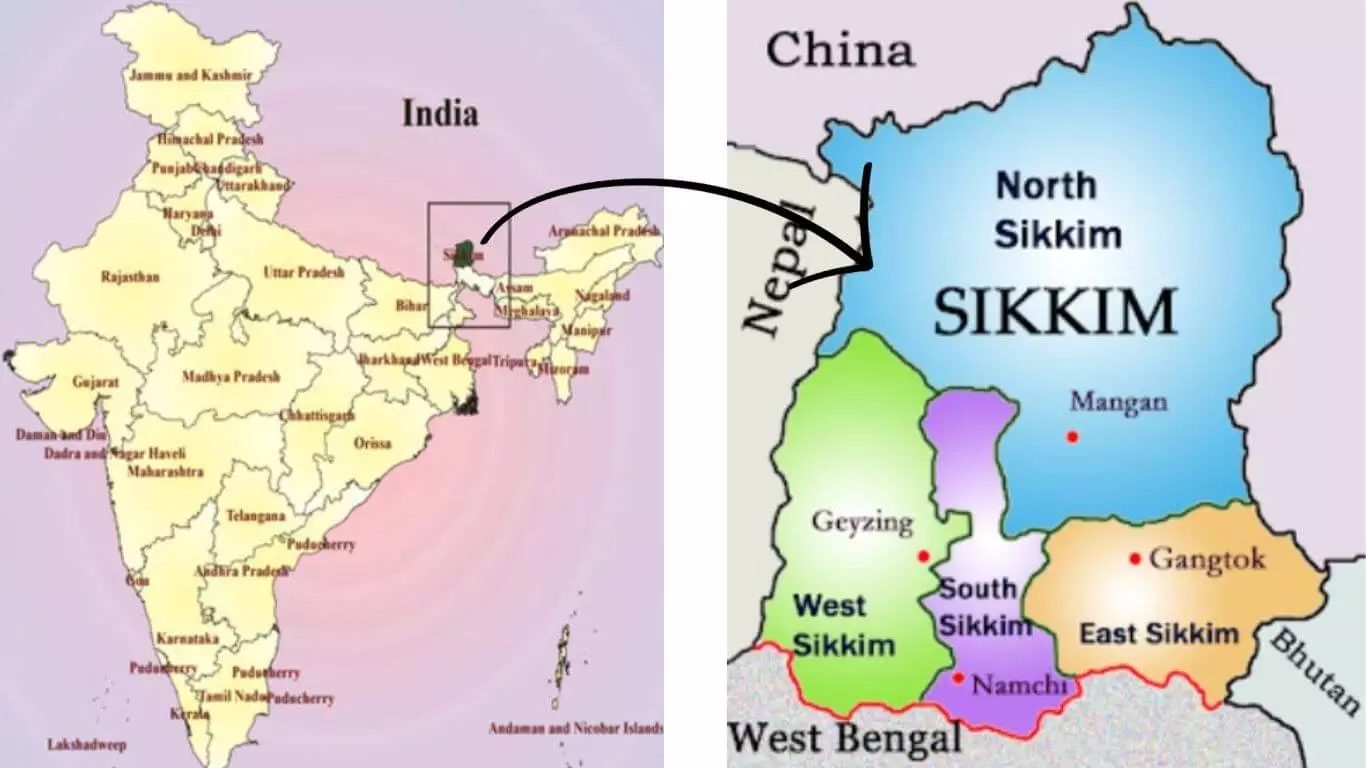
Sikkim’s history is steeped in tradition and diversity. Once an independent kingdom, it merged with India in 1975, becoming one of its smallest states. Its past is colored by the influences of Buddhism, Tibetan culture, and the legacy of its monarchy, which adds a unique charm to its present identity.
In Sikkim, a tapestry of languages spoken reflects its vibrant cultural mosaic. While Nepali stands as the primary language, Sikkim is a melting pot of cultures and languages. Tibetan, Bhutia, and Lepcha are among the other languages that color the region’s linguistic landscape, reflecting its rich multicultural ethos. The languages spoken in Sikkim represent a rich tapestry, embodying the state’s multicultural ethos and fostering a sense of unity in diversity.
Sikkim’s culinary heritage is a delightful exploration of flavors known as the traditional food of Sikkim. The Sikkimese cuisine tantalizes taste buds with its diverse array of flavors and influences. Delicacies such as Momos (dumplings) and Thukpa (noodle soup) stand as iconic traditional dishes, while Churpee (hard cheese) and Gundruk (fermented greens) add unique dimensions to the local culinary experience.
Sikkim’s culture and tradition is a harmonious blend of various ethnicities, presenting a vibrant tapestry. The region is renowned for its famous festivals of Sikkim, including Losar, Saga Dawa, and Dashain. During these celebrations, the streets come alive with vivid colors, mesmerizing dances, and reverent religious ceremonies. These festivals not only showcase the cultural heritage but also provide a glimpse into the captivating culture and tradition of Sikkim.
Sikkim abounds in breathtaking destinations waiting to be explored. Here are some of the best places to visit in Sikkim: Gangtok, Lachung and Yumthang Valley, Pelling, Ravangla, Namchi, Gurudongmar Lake, Tsomgo Lake and Zuluk. Each of these places unveils Sikkim’s diverse landscapes, rich cultural heritage, and the serene allure of the Himalayas.
Entry rules for Sikkim often required visitors to obtain an Inner Line Permit (ILP) or Protected Area Permit (PAP) to visit certain restricted areas within the state, especially for foreign nationals. These permits could be obtained through registered tour operators or online portals authorized by the Sikkim government. However, specific entry rules might change, so it’s advisable to check the latest guidelines and requirements from official government sources or tourism websites before planning your trip to Sikkim.
Sikkim travel is an immersive experience that enthrals and enriches. Its allure lies in the captivating landscapes, rich heritage, and warm hospitality it offers. Sikkim is famous for providing an unforgettable journey to every kind of traveller, ensuring cherished memories and a profound connection to the mystique of the Himalayas.
Fun Facts
- It is the least populated state in India.
- It is India’s largest producer of cardamom.
- It is recognized as India’s glacier hotspot.
- It is home to the highest lakes in India (Gurudongmar Lake).
- It is also known as Indrakil, the garden of the god of war, Indra.
For further insights into the places I’ve explored during my Sikkim travel, feel free to explore the links provided below:
As I continue exploring and gathering information about more places, I’ll keep updating this list to enhance your Sikkim travel experiences. Until then, wishing you Happy Travelling!
- All Posts
- Central
- East
- General
- North
- West

